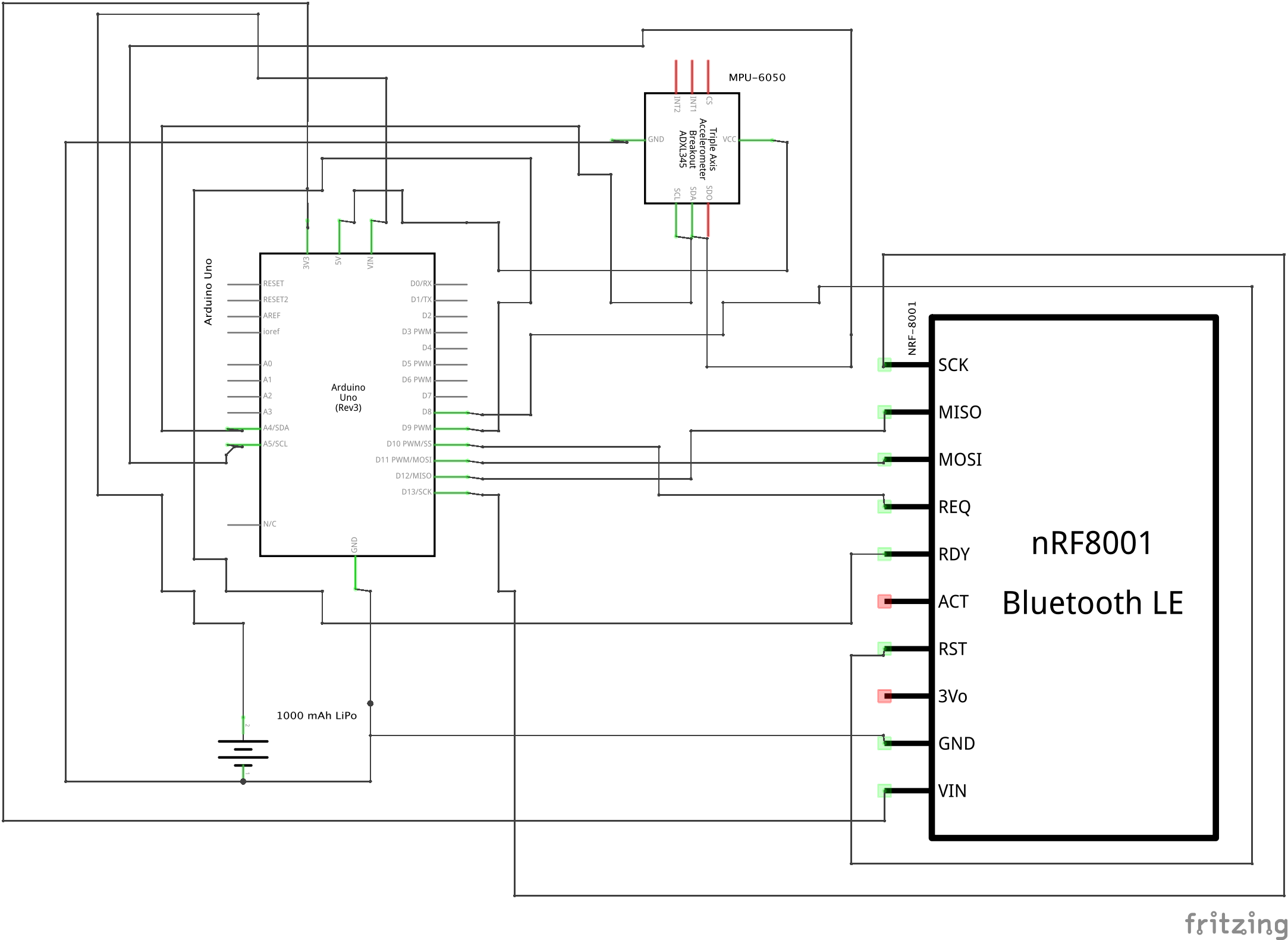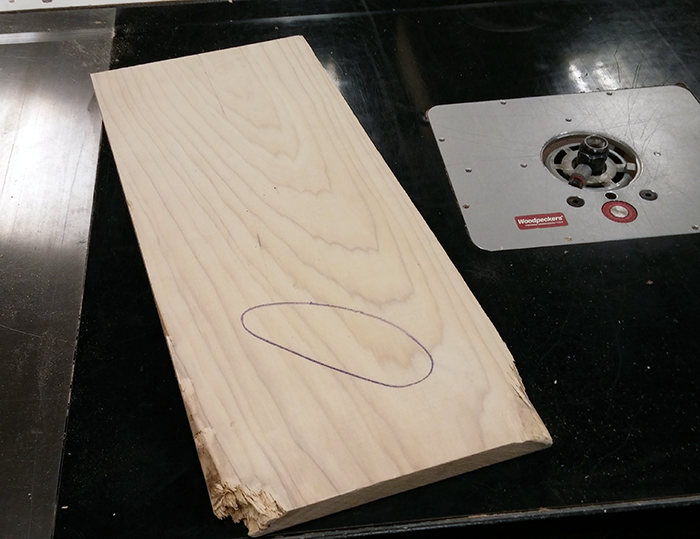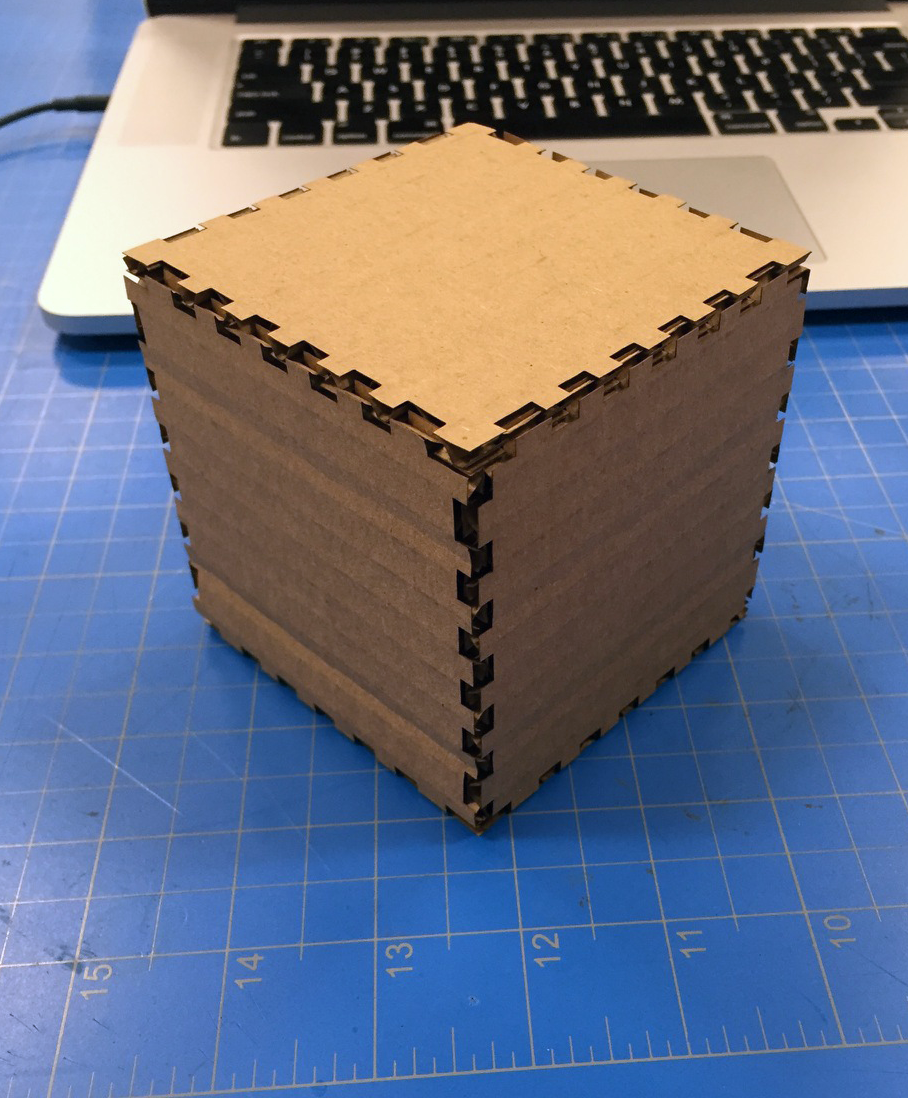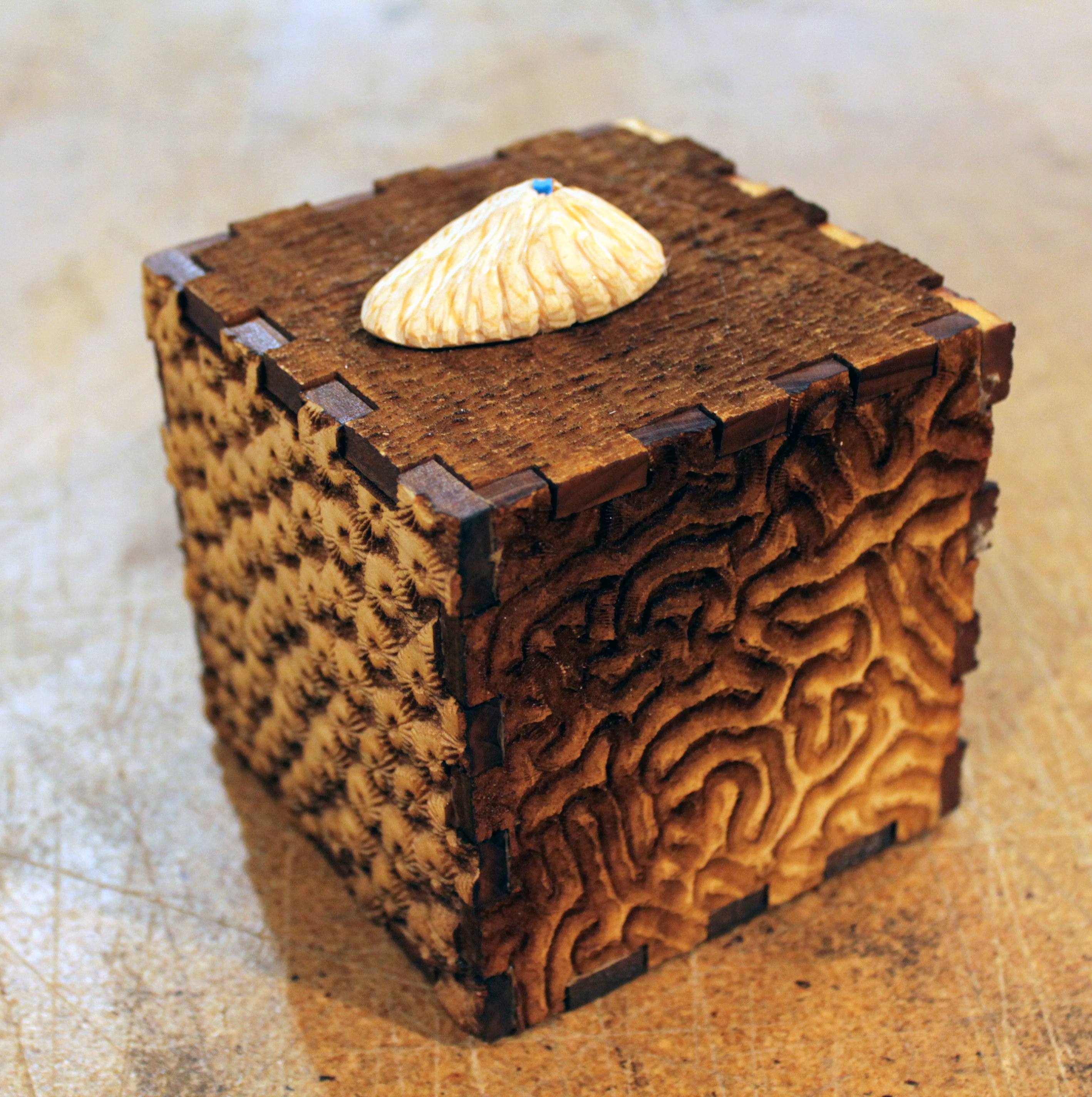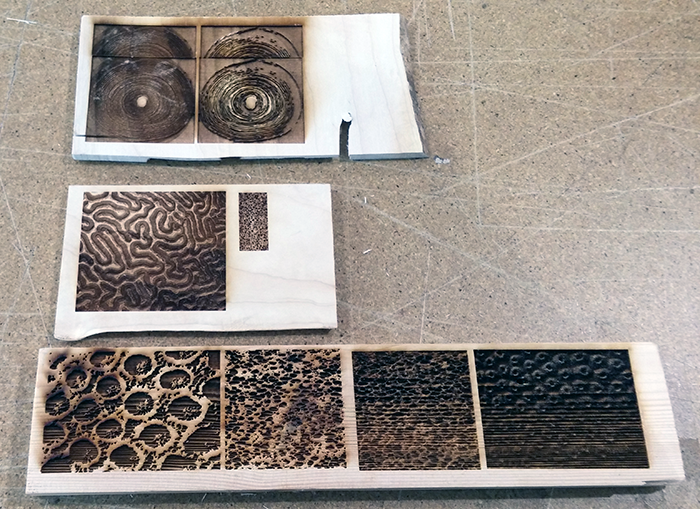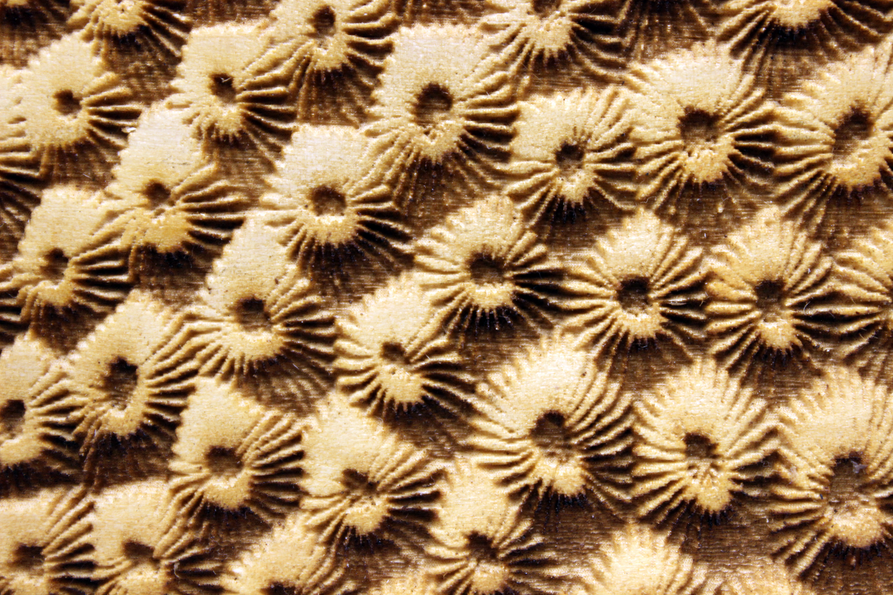Developed by Luke Hottinger and Chris Williams
For 48-390 Physical Computing Studio (Spring 2015). Instructor: Eric Brockmeyer.
Full documentation is also available here and here.
Brief Answers:
Course + Assignment (What were you asked to make? What course was this made in?)
We were asked to make an assistive technology with mobile physical computing techniques for Physical Computing Studio class.
Concept (what is the big idea behind this work? What was the goal of the project?)
The big idea behind this work was to explore alternate perspectives in inclusive ways. The visually impaired explore their senses more for better interaction with the world. The sighted can take vision for granted. The project is an invitation to change focus.
Outcome (What did you make and why?)
We developed a wooden, electronic, audio memory game for the visually impaired.
Wooden, because we wanted to use non-traditional materials with electronics. This space is under-explored.
Electronic, because the project require the use of digital elements.
Audio, because there is a richness and subtlety to sound that can create interesting responses.
Memory, because much interaction with the world is based in this area.
Game, because the visually impaired are people. People like entertainment and amusement. Amusement can affect quality of life positively.
Process (How was it built and what was it built with)
In the final version of Coral, the exterior is made of laser-engraved poplar wood. The electronics include three main components: a microcontroller, an accelerometer, and a wireless communication module. Specifically, it had an Arduino Uno, an Invensense MPU-6050 Accelerometer, and an NRF-8001 Bluetooth Low Energy ( BLE) module.
Collaboration (How did you work with each other, who was involved, who was the team, what was the learning experience)
The team was Luke Hottinger and Chris Williams.
The design process grew organically. First, we realized that we were seeing our concepts on different scales. Early ideas ranged from specific and utilitarian to abstract and collaborative. We did not eliminate ideas at first. We allowed for a mutual exchange of thoughts.
Once we had more specific concepts, we learned to simplify, simplify, simplify. Time was a constraint. With limited time, we pared ideas down to their essence. We asked questions such as, "What did we really want to express or communicate?"
When we reached a dead end, we re-considered our constraints and simplified. We aimed for efficacy and quality.
Reflection: What was the best part of making this? Why was this project and your experience in the class successful?
It might be cliche, but it is hard to isolate just one best part. Among other aspects, the project involved humor, respect, and realization. For example, being blind does not have to be a miserable experience. The visually impaired are people and have fun, too!
A seemingly absurd idea can have a grain of feasibility. Teasing out the grains led to more unexpected progress.
Luke and I became more cognizant of our assumptions as sighted people. For example, how do you give directions to someone that cannot see? Visual landmarks are not effective.
We were encouraged to perceive differently. We learned how to create within a space that is radically different for us. In addition, we learned from visually impaired people and better understood their concerns.
Detailed Answers:
Implementation:
Product Design:
The initial motivation for Coral was exploration of alternative perspectives, as well as collaboration.
The primary and secondary interaction modes of Coral are auditory and tactile, respectively. The project emerged from a desire to work with the visually impaired. Within that culture, sound and touch are often used in daily interaction with the world.
The form of Coral was simplified to a cube. A cube has discrete surfaces and allowed for easier mapping of tones to surfaces. Historically, the wooden block is one of the oldest and simplest toys for young children.
Coral was designed with intended use by people age seven and older. As a result, the design was lightweight.
The enclosure is 64 cu. in. (or 4 in. X 4 in. X 4 in.). The electronics were optimized to fit in a space of 27 cubic inches (or 3 in. X 3 in. X 3 in.).


